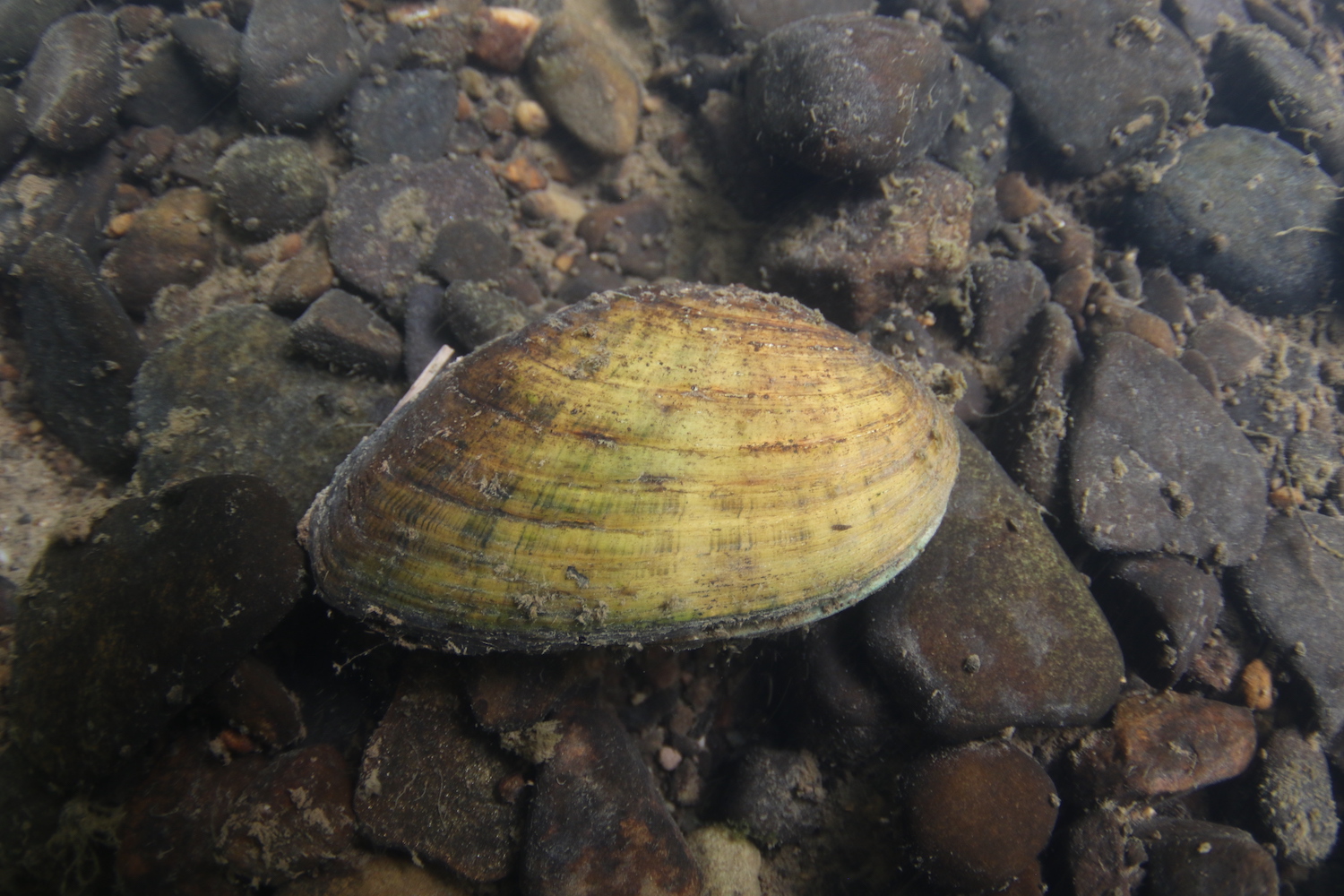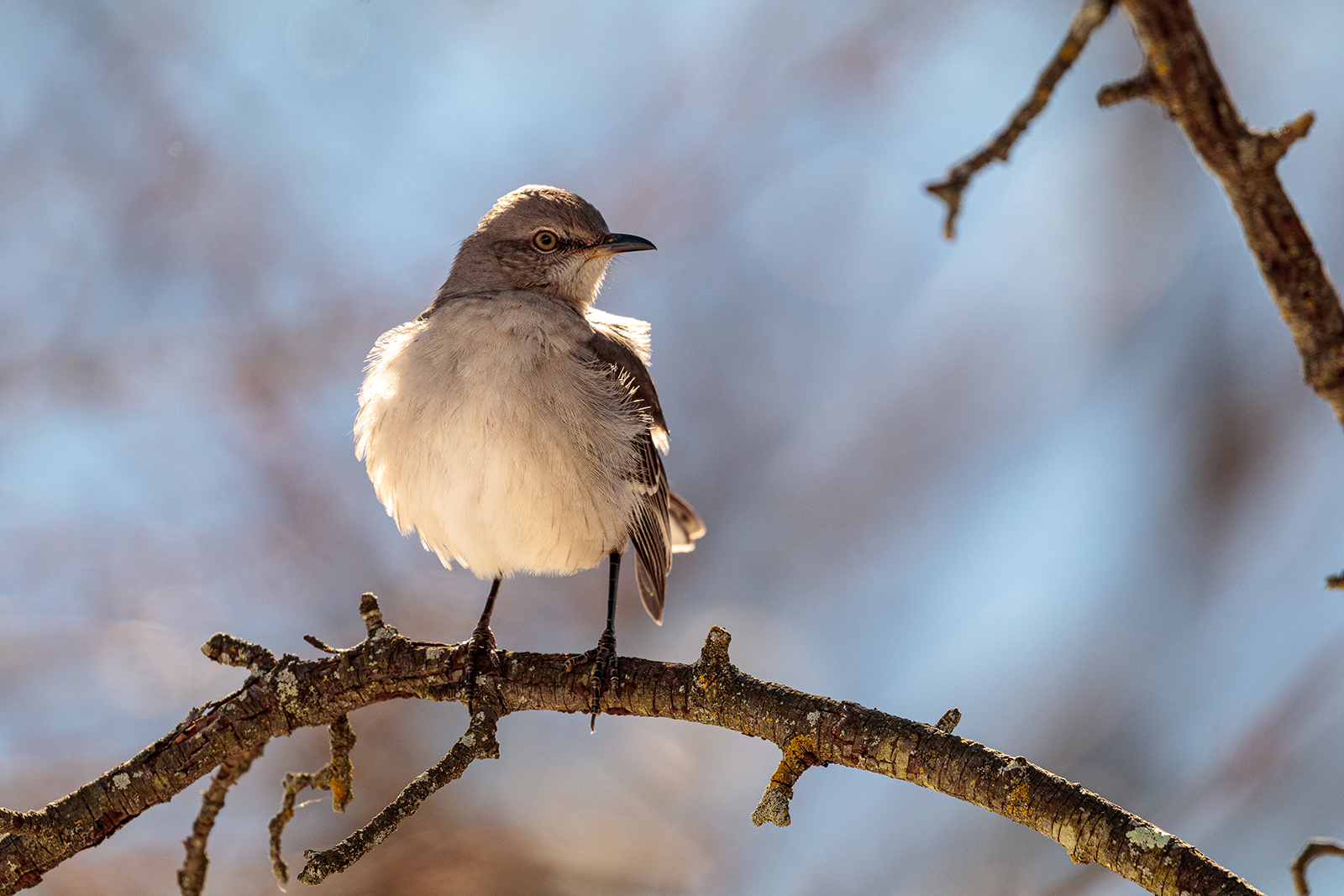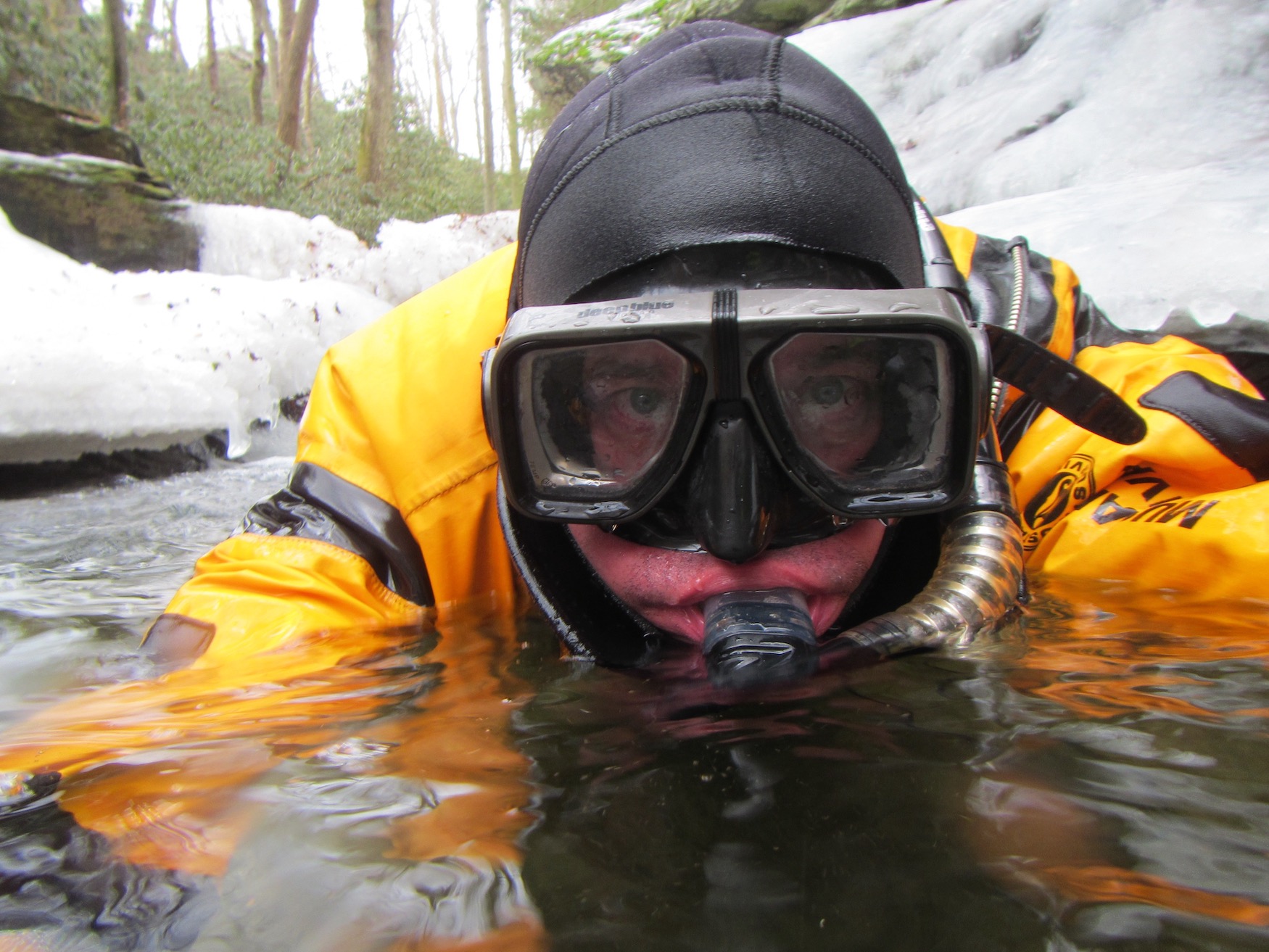The creek was up and it ran murky and hard. I didn’t expect to see much. It has been a summer of episodic heavy rains which tend to put a lot of mud in water and makes our streams run silty.
I’m a freshwater snorkeler so I do what I always do: I stuck my face in anyway.
I’ve been fooled by surface appearances before. There’s usually an amazing world just beneath the surface.
The swift current tried to peel me from the bottom so I dug my fingers and toes further into the cobble. Minnows fed in the slick of material I inadvertently churned up. I couldn’t see much more than haze, like looking through a fogged windshield. I could make out shapes, and colors stood out.
A small school of rosyfaced shiners frantically snatched insects I flushed off the bottom. But I didn’t see much else. I held against the current for a while, until my arms started to twitch like sewing machines.
Bracing against flow like this is like holding a continuous plank, and my muscles can only last so long before they fatigue. Even if I only caught a glimpse of these small fish with their red cheeks, it would have been worth the submersion.
Colorful Filters
Freshwater mussels are bivalves like their marine clam and oyster counterparts, but unlike the marine blue mussels we are used to getting served steamed with drawn butter at restaurants, these freshwater species are better for river filtration than eating. They are filter feeders.
They draw river water in through an incurrent siphon and filter out planktonic algae and diatoms which they send to their mouths and digestive tract. They spit all the inedible material they filter from the water, like sediment, to the bottom as pseudo feces.
The bright spots that seemed to glow from between the rocks are the incurrent and excurrent siphons. The question is why are they so colorful? What purpose does the color serve?
Maybe the colors serve no purpose. Maybe they are colorful just to be colorful. Why does everything have to be utilitarian?
Freshwater mussels certainly perform critically important ecosystem functions like filtering 8-15 gallons of water per day per mussel which has led them to be called the livers of the river.
But I think their beauty and importance transcends the what have you done for me ecosystem service human-centric value we place on them. This was evident as I peered at a garden of siphons – yellows, oranges, creams, and indigos, solid color and tiger striped pattered, poking through the fuzzy olive drab of the surrounding cobble.
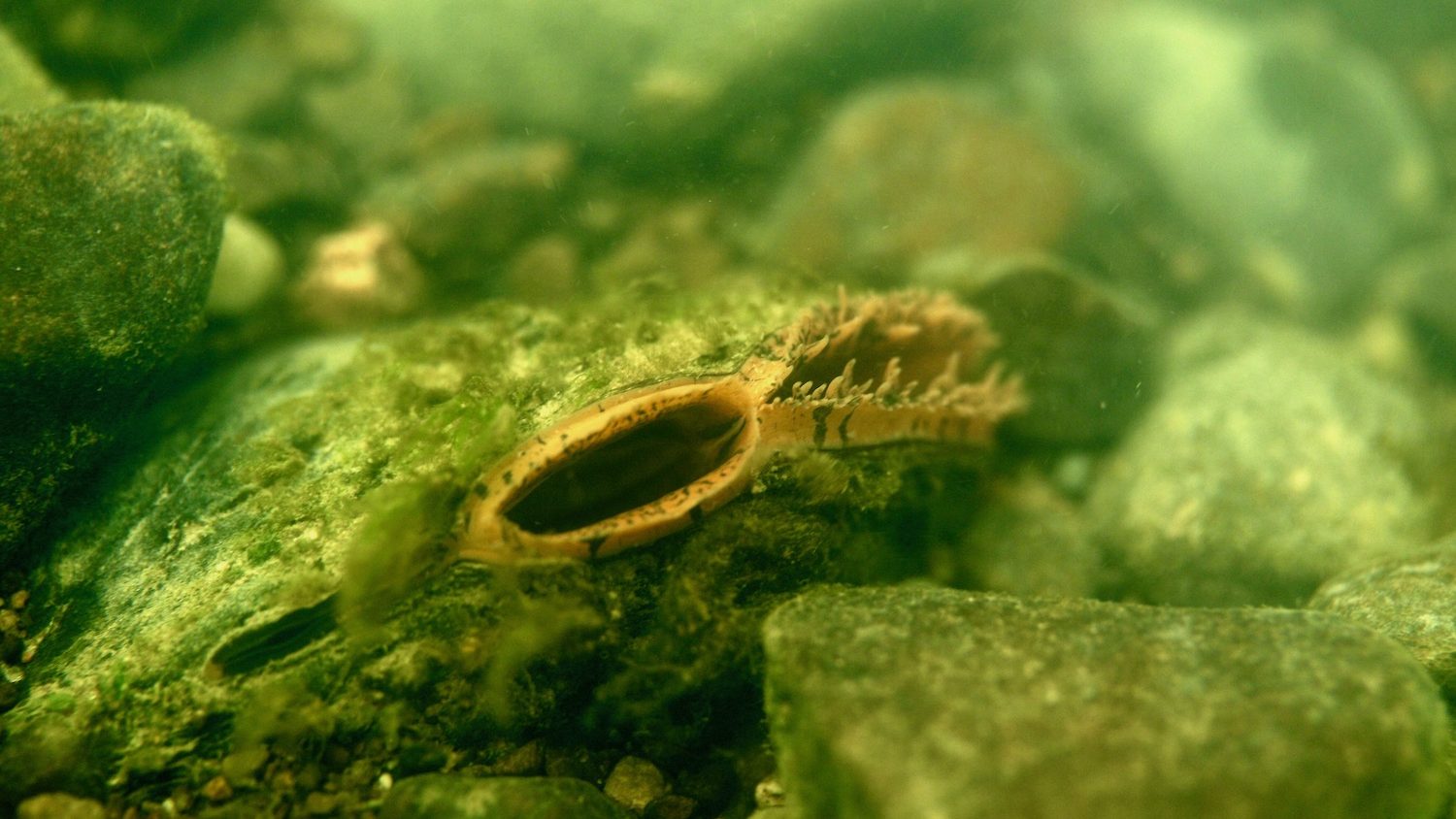

Mussel Reproduction is Weirder than You Think
One explanation of the colors that makes as much sense as any other is reproduction.
Male mussels eject sperm into the water. Females take the sperm in through their incurrent siphon where it fertilizes eggs. Fertilized eggs, call glochidia, need an intermediary host in order to complete their development and turn into a juvenile mussel.
That host varies with species of mussel. Most use fish, some use crayfish and a few even use aquatic insects. Some mussel species aren’t very particular; any kind of fish will do. Others are very discerning and only a specific kind of darter can serve as the host.
Regardless, female mussels need to infest the host with her glochidia. If she were to just spew them into the water, their chances of finding the right host aren’t great.
So female mussels develop strategies to lure host fish into their marsupial-like gills, the pouches where the glochidia are stored. A possible explanation for the ornate colors is to attract fish in as part of a complex reproductive strategy.
I saw some motion on the bottom and thought a rosyfaced shiner was back playing in my slick. Except this fish was stationary as it twitched.
Then I realized I had been fooled. This was a female Lampsilis mussel working her lure.
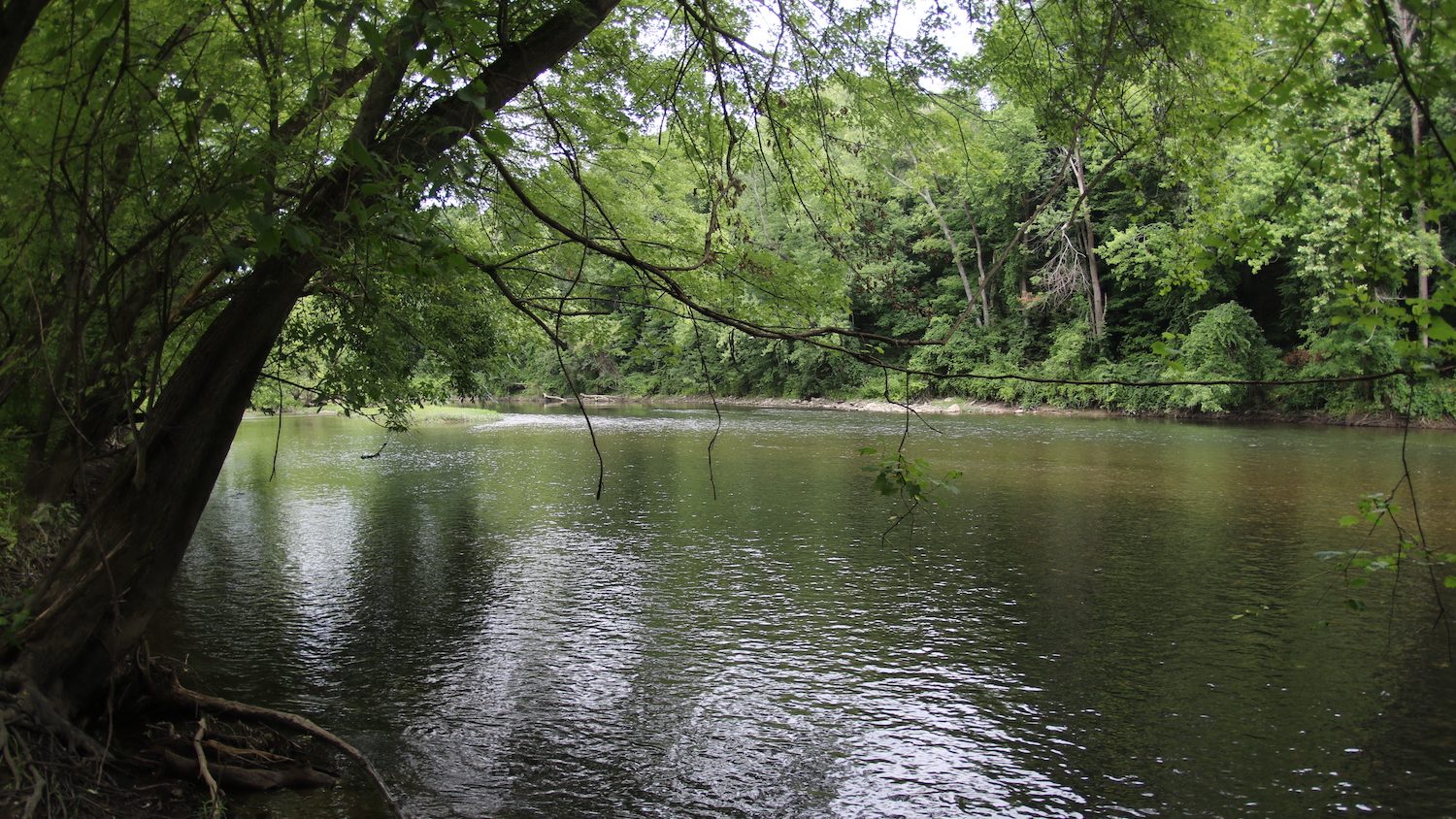 The Lure of the Mussel
The Lure of the Mussel
Some species go way past simply having brightly colored siphons to attract fish. The females of some mussels actually make, and work, lures that look like the food of the species of fish they depend on for their glochidia to complete their development.
This female Lampsilis was working hers. It had two distinct eye spots, and a trailing tail which she twitched so that it looked like a minnow swimming in a current. If an unsuspecting sunny comes in to take a bite, her marsupial gills will rupture and the glochidia will latch on to the sunfish’s gills and fins where they will live parasitically for about a month as they metamorphose into a juvenile mussel.
Needing a host in order for your babies to complete their development is risky. If something happens to the host, so that they aren’t available for glochidia to attach and develop into juvenile mussels, the whole system becomes fragile and there is a danger that producing the next generation will fail completely.
If you are a generalist and can use a few different species as hosts your risk of reproductive failure is lower than if you depend on one species in particular. If using a host is so risky why develop that strategy, and if depending on one host is even worse, why do it?
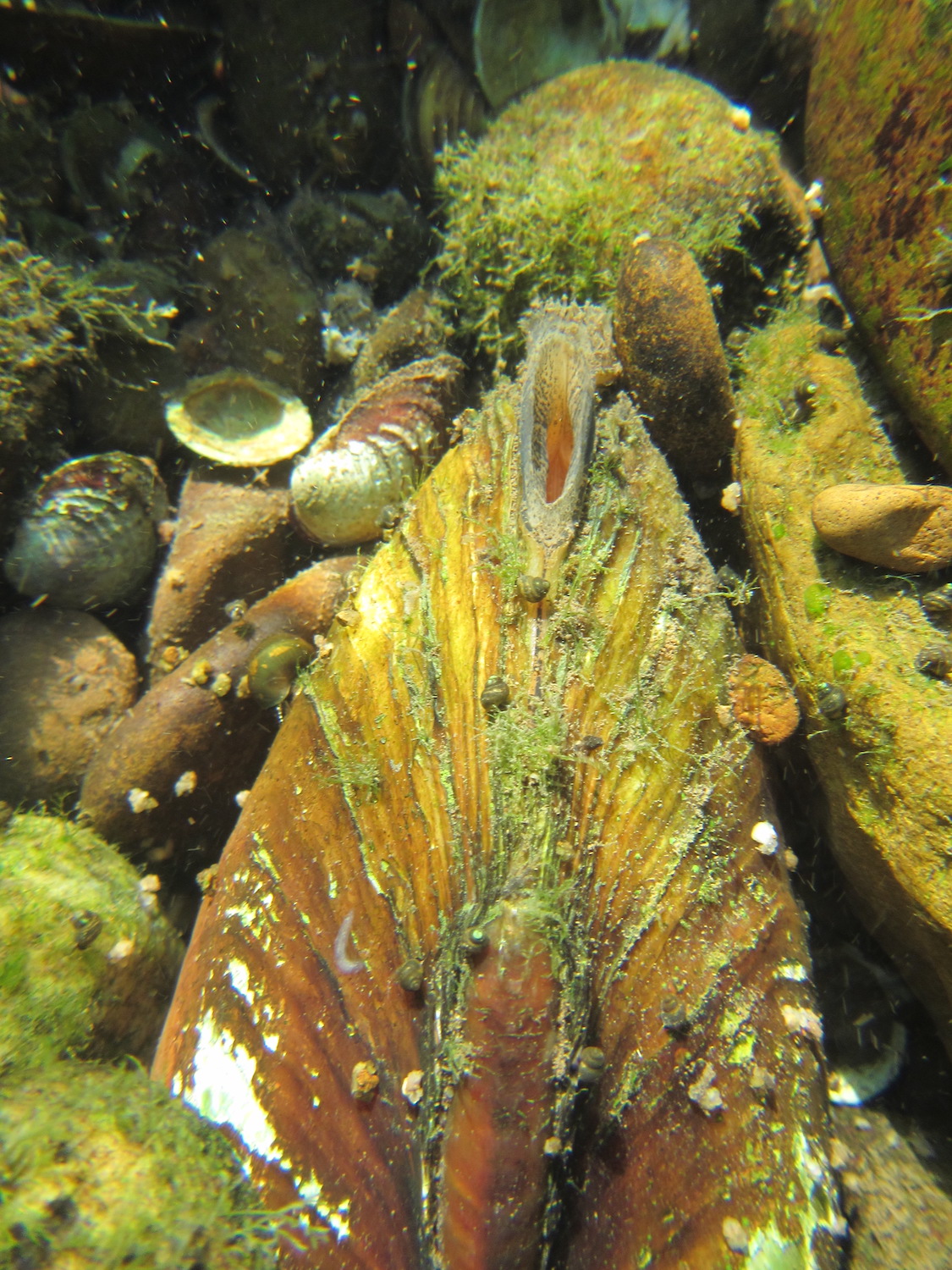

If you are a non-mobile animal the benefits of using a mobile host makes perfect sense to redistribute your kin throughout the river. Mussels have feet – that look more like a big tongue than our toed anatomy – and can move about the riverbed for limited distances.
Their net movement however will be downstream as they get pushed down river with heavy flows. Attaching your babies to the gills of an upstream swimming fish makes perfect sense and is in fact an ingenious strategy.
Mussels and fish have been on the planet together for 200 million years and we can guess the relationships between mussels and their fish hosts are as old. Mussels developed these reproductive strategies long before humans came along to meddle with them. These complex reproductive tactics were dependable and effective, at least until humans arrived on the scene.
As we dammed rivers and polluted them with fertilizers, sediments and chemicals these reproductive relationships which stood the test of evolutionary time suddenly didn’t make sense anymore and strategies that were secure are now fragile.
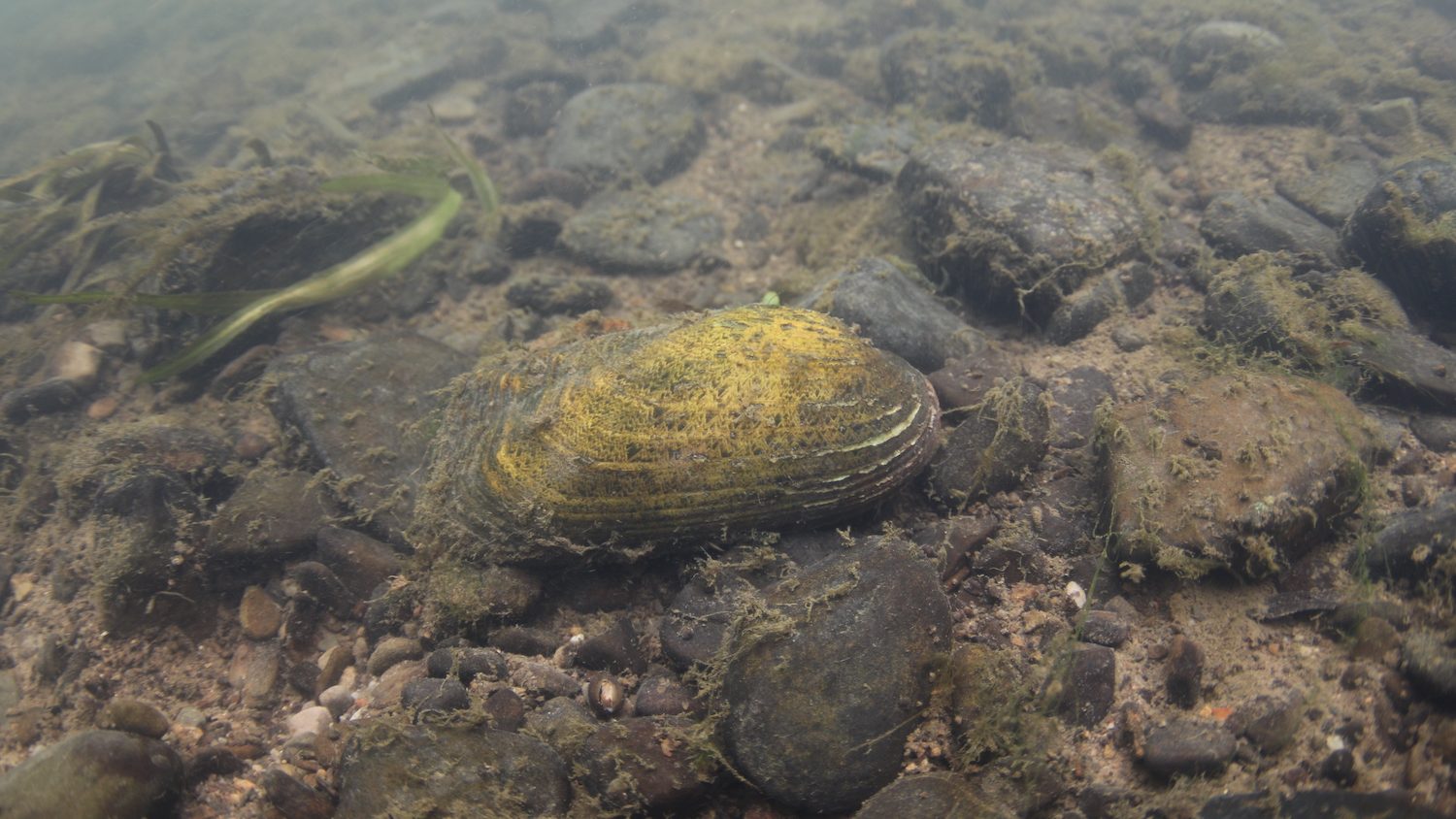
I’m Manas Ranjan Sahoo: Founder of “Webtirety Software”. I’m a Full-time Software Professional and an aspiring entrepreneur, dedicated to growing this platform as large as possible. I love to Write Blogs on Software, Mobile applications, Web Technology, eCommerce, SEO, and about My experience with Life.

